Listen to this article
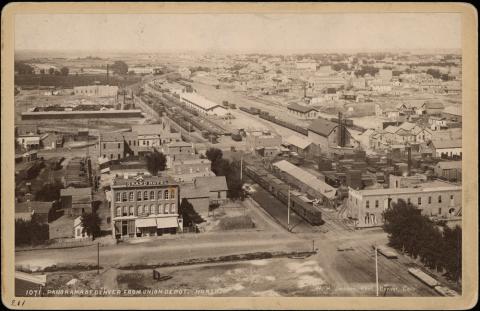
In recent decades, the city of Denver has undergone a drastic transformation both aesthetically and demographically. As young professionals flock back to the city’s center, neighborhoods that have existed as cultural centers for many of Denver’s deep-rooted and diverse communities are undergoing dramatic changes. One of the most significant of these cultural epicenters is Denver’s Five Points neighborhood. Designated from its earliest years as a space apart for Denver’s black residents, Five Points not only survived a time of extreme, institutionalized racial oppression in Colorado, but thrived and grew to become one of the most culturally rich destinations in the country, earning it the nickname, “the Harlem of the West.”
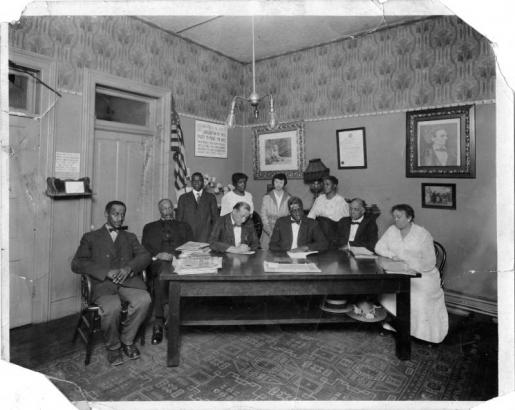
Five Points initially took shape during Denver’s period of rapid growth in the 1870’s due to the silver boom. The neighborhood took its name from the five vertices created at the intersection of Washington Street, 27th Street, 26th Ave, and Welton Street. The introduction of Denver’s first street railroad connected the Five Points neighborhood to its city center and brought a wide variety of residents from varying economic and racial backgrounds to the area. However, when more modern and fashionable dwellings began to populate the Capitol Hill neighborhood of Denver, many of its wealthier, white residents moved out of the area. Due to the extreme racial oppression of the time, Denver’s black residents were not afforded the same mobility, and by the 1920’s, ninety percent of Denver black population lived within the Five Points – Whittier neighborhood.
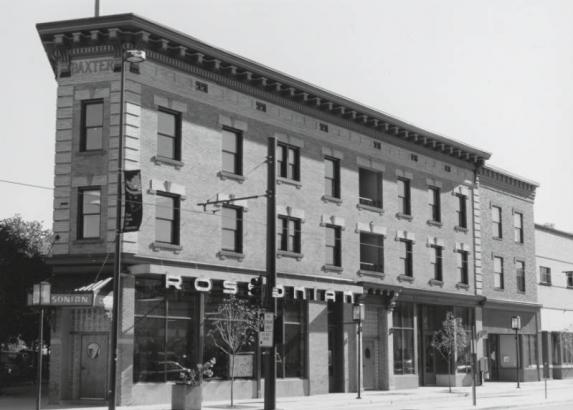
That decade saw Five Points grow and flourish as a social, cultural, and political center for Denver’s black community. The Glenarm branch of the YMCA was built in 1924 and acted as the unofficial Town Hall of Five Points. Denver’s branch of the NAACP was established and hosted its first national meeting in 1925 to address the racial hostility and inequity perpetuated by the KKK’s firm hold on the Denver politics and society. In 1927, a group of black students successfully sued the Superintendent of Public Instruction of Denver for the unconstitutional separation of social functions for students based on race. Five points had now established itself as a political center for the advancement of equality as more and more of its residents began to own property and establish businesses.
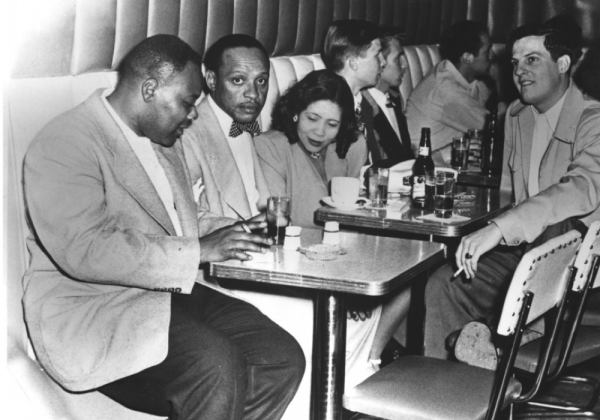
The 1930’s, 40’s, and 50’s gave way to perhaps the greatest cultural boom in Five Points as the Jazz and Blues movement took root in the area. While Denver’s downtown hotspots invited popular musicians such as Louis Armstrong, Ella Fitzgerald, Dizzy Gillespie, Count Basie, Miles Davis, and Nat King Cole to perform, they were not permitted to stay in the white-only hotels in those neighborhoods. Thus, Five Points played host to these artists who also performed in the neighborhood’s many jazz and blues clubs. The lounge at the now Historic Rossonian Hotel (originally the Baxter Hotel) was one of Five Points’ most iconic locales and was considered the best jazz club between Kansas City and LA. At the height of the jazz era, Five Points had become a destination where black and white visitors were welcomed together, despite the racial tension and segregation that still plagued the rest of the city.
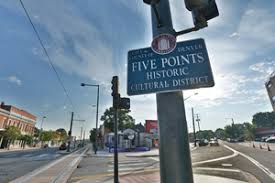
As the 1960’s saw the decline of discriminatory housing practices and legal segregation in the city, the residents of Five Points dispersed to other neighborhoods and suburbs. By the 1970’s Five Points fell victim to economic strife, crime, and drugs. However, the community that had once thrived in Five Points refused to disappear, and in the late 1980’s and 1990’s there came a dramatic push to preserve and restore the area’s landmarks. In 1988, Paul W. Stewart opened the Black American West Museum to the public in the former home of Dr. Justina Ford, Denver’s first black woman doctor. In 1995, the Rossonian Hotel was listed on the National Register of Historic Places and has since undergone massive restoration with the help of former NBA star, Chauncey Billups, who is a partner in the project. In 2002, the Welton Street commercial corridor was listed as a Denver historic cultural district and in 2003, the Blair-Caldwell African American Research Library opened on Welton Street in order to serve the neighborhood and preserve its rich history.
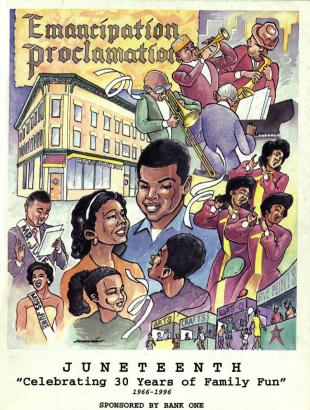
Five Points has even more recently become one of Denver’s most desirable neighborhoods, with home prices rising far above the median for the city. While this new influx of residents and businesses to the area has assured its survival and revitalization, the drastically inflated cost of living has driven out many of the same residents who fought for its preservation. Though Five Points now hosts its annual Jazz Fest and Juneteenth festival, drawing thousands of visitors to the area to celebrate its cultural heritage, it was Denver’s strong, black community that made the neighborhood a haven, a hotspot, and a home for decades in the face of oppression.
This post is brought to you by the Colorado State Library and Denver Public Libraries
- Topics in History: Intersectionality in Colorado: Women’s Rights are Human Rights - March 15, 2019
- Black History is Colorado History - February 22, 2019
- Celebrating Black Voices with the Book Club Resource - February 15, 2019